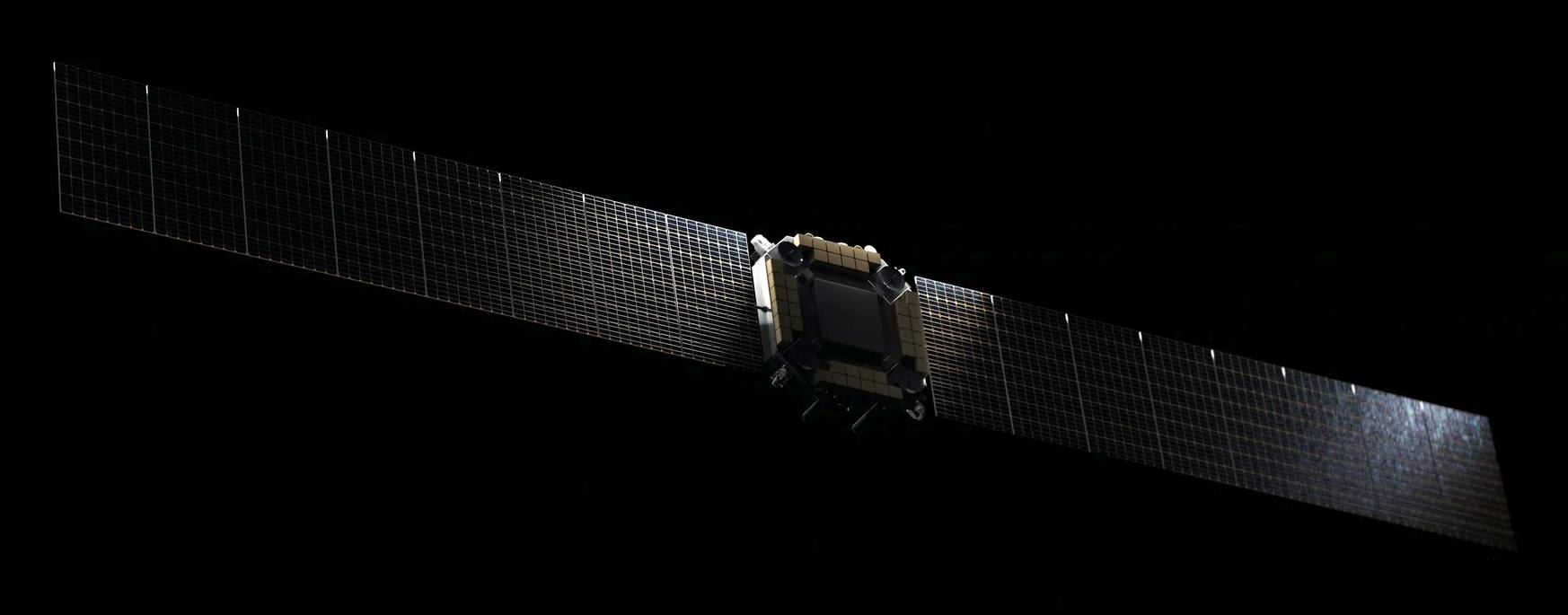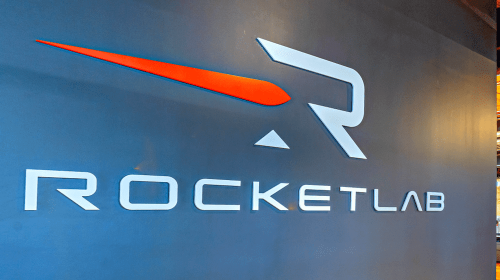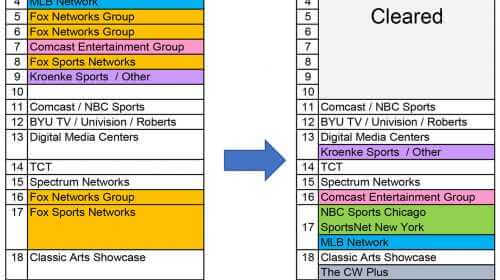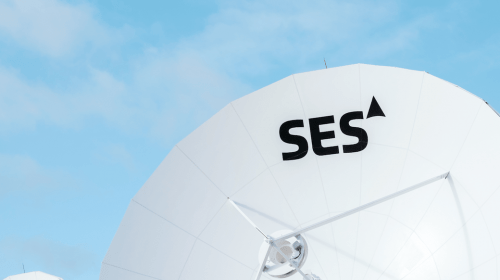Sustainable MEO Solutions for the Future
Jan 15, 2025
K2 Space has recently emerged as the winner of a contract it entered with the U.S. Space Force, for building its first ‘Mega’ class satellite for Medium Earth Orbit (MEO). In December 2024, the company reported that this $60 million deal has government support, SBIR matching dollars, and outside investment.
 3D Render of K2 Space Mega Class Satellite. Credit: K2 Space
3D Render of K2 Space Mega Class Satellite. Credit: K2 Space
The Gravitas mission, set to launch in February 2026, represents a major advancement in satellite deployment technology. This elaborate plan has earned support from different stakeholders in the Department of the Air Force proving the idea is embraced by most institutional frameworks governing satellite networks. K2 Space, which claims to be one of the first satellite manufacturing startups, has centered its growth strategy on building larger, more capable satellites but at costs that are no higher than those of conventional satellite makers. The goal of strategic management is to change the nature of the industry by offering capabilities that have not been feasible before due to cost-performance levels.
The Gravitas mission serves both commercial and government markets, with objectives that include validating operations in Low-Earth Orbit (LEO), transitioning to medium Earth orbit, and conducting operations in medium Earth orbit. The company’s Chief Executive Officer, Karan Kunjur, asserted that the K2 bus platform was targeted at filling a critical missing link in defense architecture and in proliferated MEO and GEO applications. K2 Space has been able to employ a new manufacturing approach that will help the firm to offer improved capabilities while at the same time sustaining a cheaper price.
In satellite production, 75% of satellite components are locally produced, and some of the most sensitive systems are reaction wheels, flight computers, and solar arrays. Their new 20kW electric propulsion system four times more powerful than today’s, will drastically change the deployment and control of MEO, GEO and Cislunar missions. The project timeline includes several key phases: payload integration in May 2025, qualification testing from June to September 2025 and the launch in February 2026. The other operating phases after the launch will include LEO missions, raising demonstrations to MEO and long-term MEO missions. Such an approach is designed to ensure that all the functionality and efficiency of the platform are rigorously tested in various orbital conditions.
K2 Space has designed and built an optimized satellite bus platform that offers the capabilities of advanced satellites at lower cost and at a faster rate of deployment than traditional systems. The K2 bus, redesigned from the basic building blocks upwards, allows numerous satellite launches per vehicle and resists the challenging conditions of MEO and GEO applications. The platform utilizes the most advanced electric propulsion system that is currently available in the industry and makes the platform suitable for proliferated operations across LEO, MEO, and GEO orbits.
The company was founded by a team of former SpaceX engineers and has secured $72 million in venture capital funding to date. This backing comes from prominent investors including Altimeter Capital and First Round Capital, demonstrating strong market confidence in K2 Space’s innovative approach to satellite technology development. With substantial investment backing and a focus on both commercial and government markets, K2 Space is poised to reshape the satellite industry by enhancing operational efficiency and expanding the scope of satellite applications.





